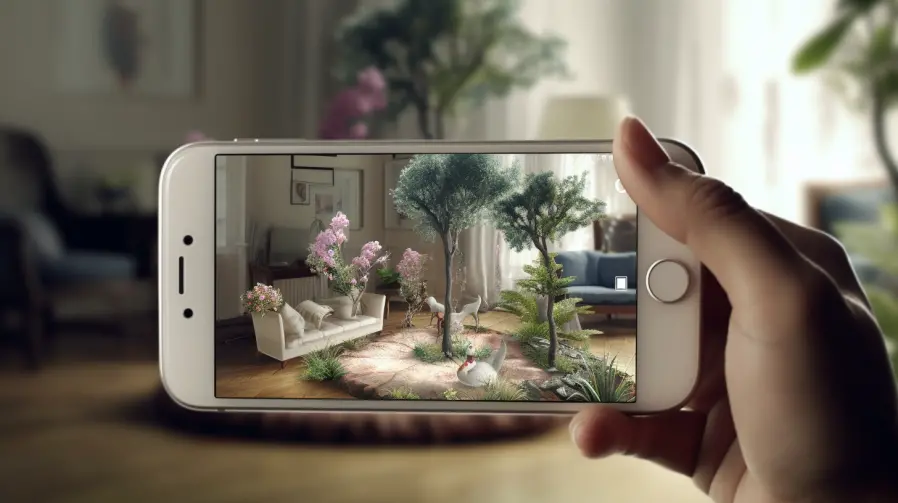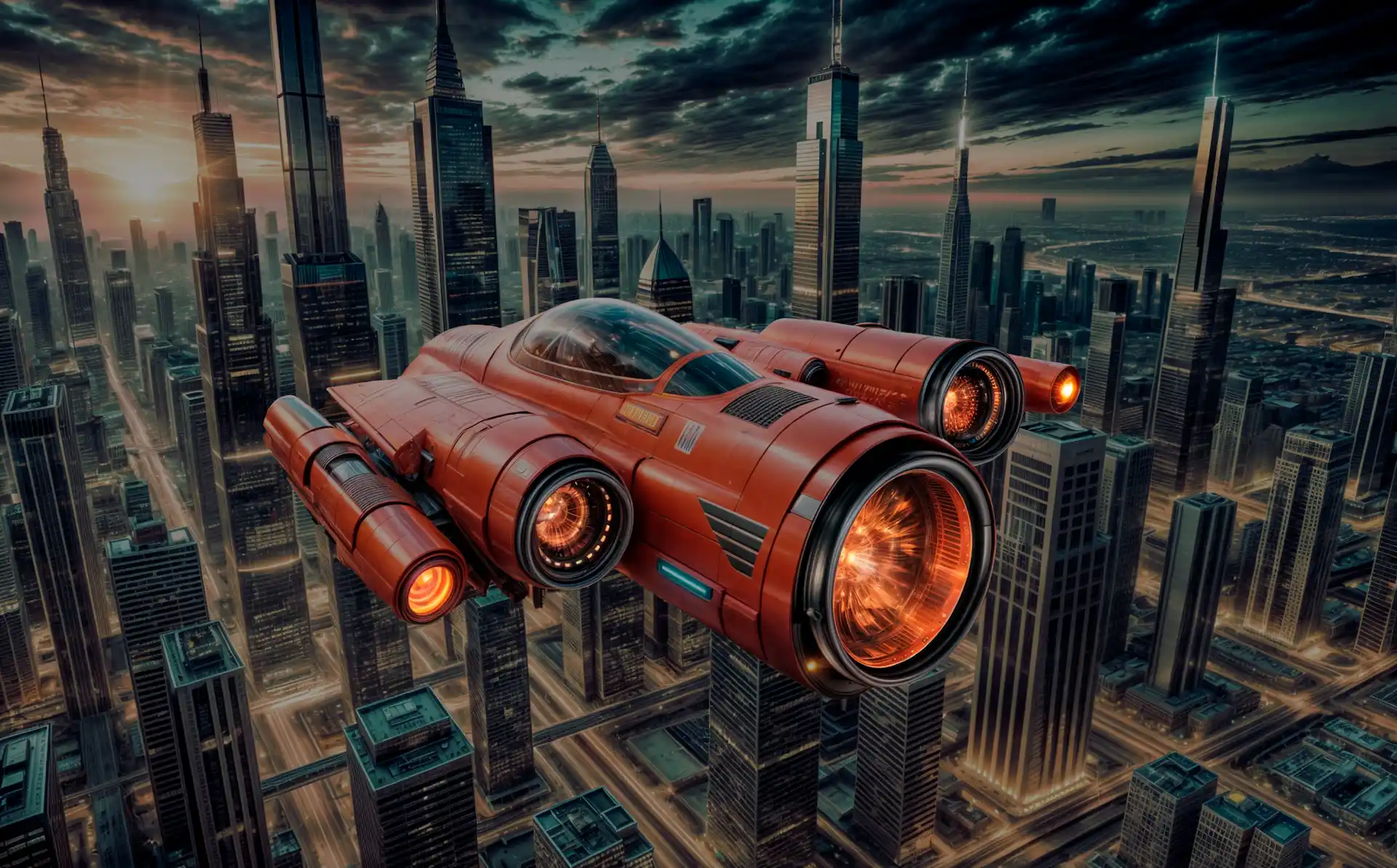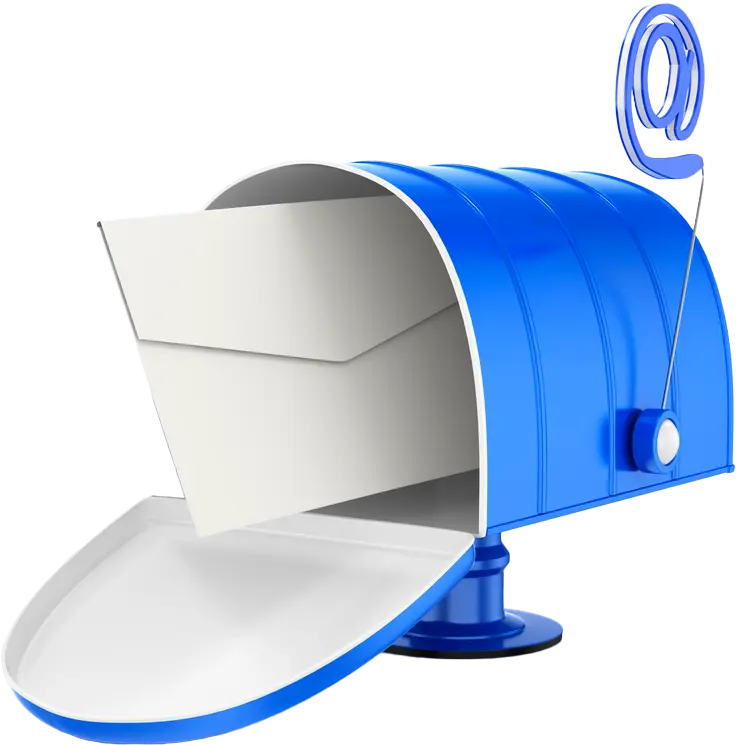Augmented Reality (AR)
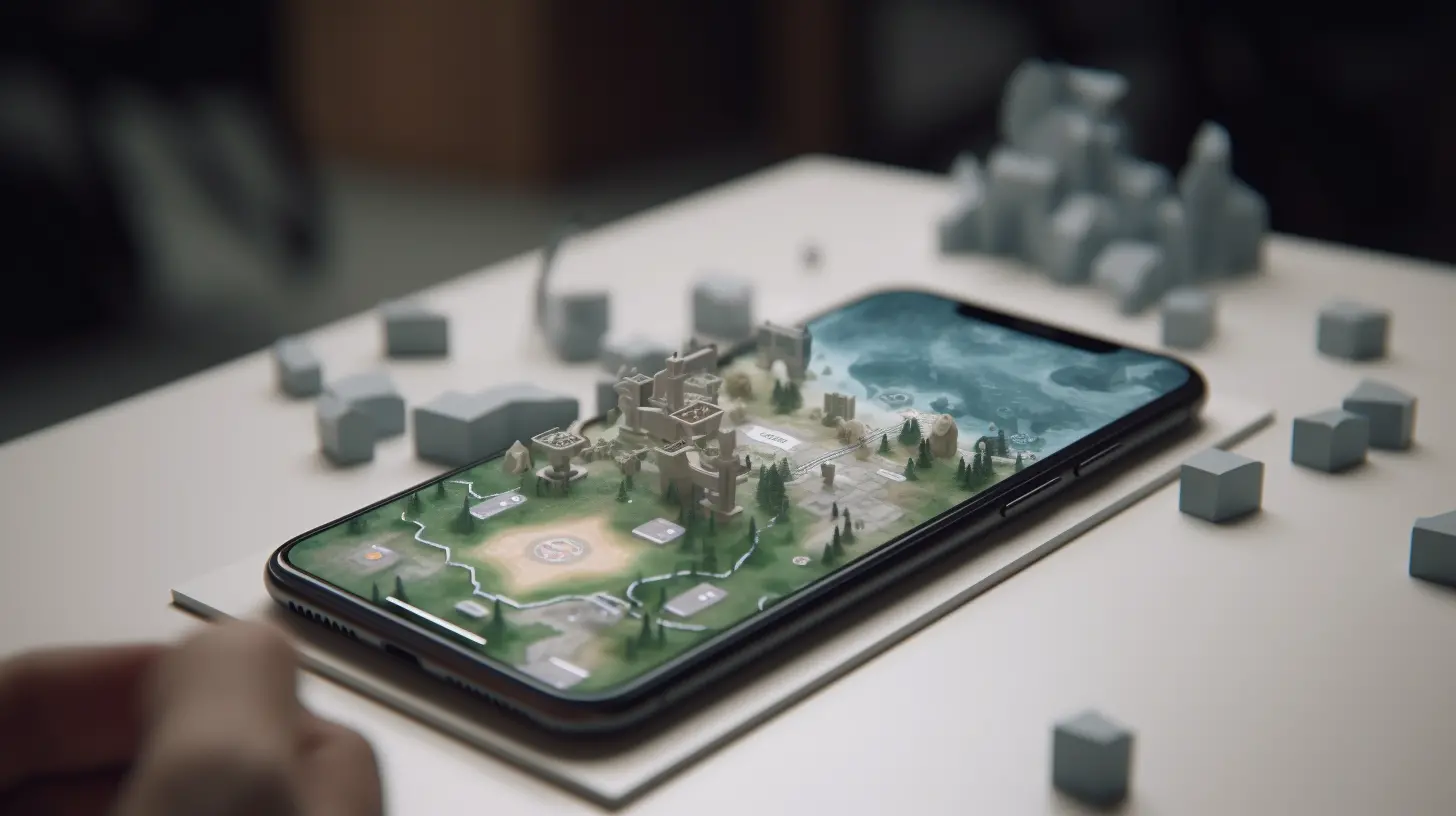
AUGMENTED REALITY DEVELOPMENT
ServReality is an Augmented Reality app development company that provides high-quality service for its customers and creates reliable Augmented Reality software and applications using modern technologies, platforms, and programming languages.
The implementation of AR in clients' projects must include a comfortable app design and accommodate the limitations of the technology platform. An AR product depends on user involvement and the interconnection between the future consumer and its structure. The design of Augmented Reality makes the acceptance of Virtual Reality easier. For the majority of AR products almost identical design instructions should be followed. They are:
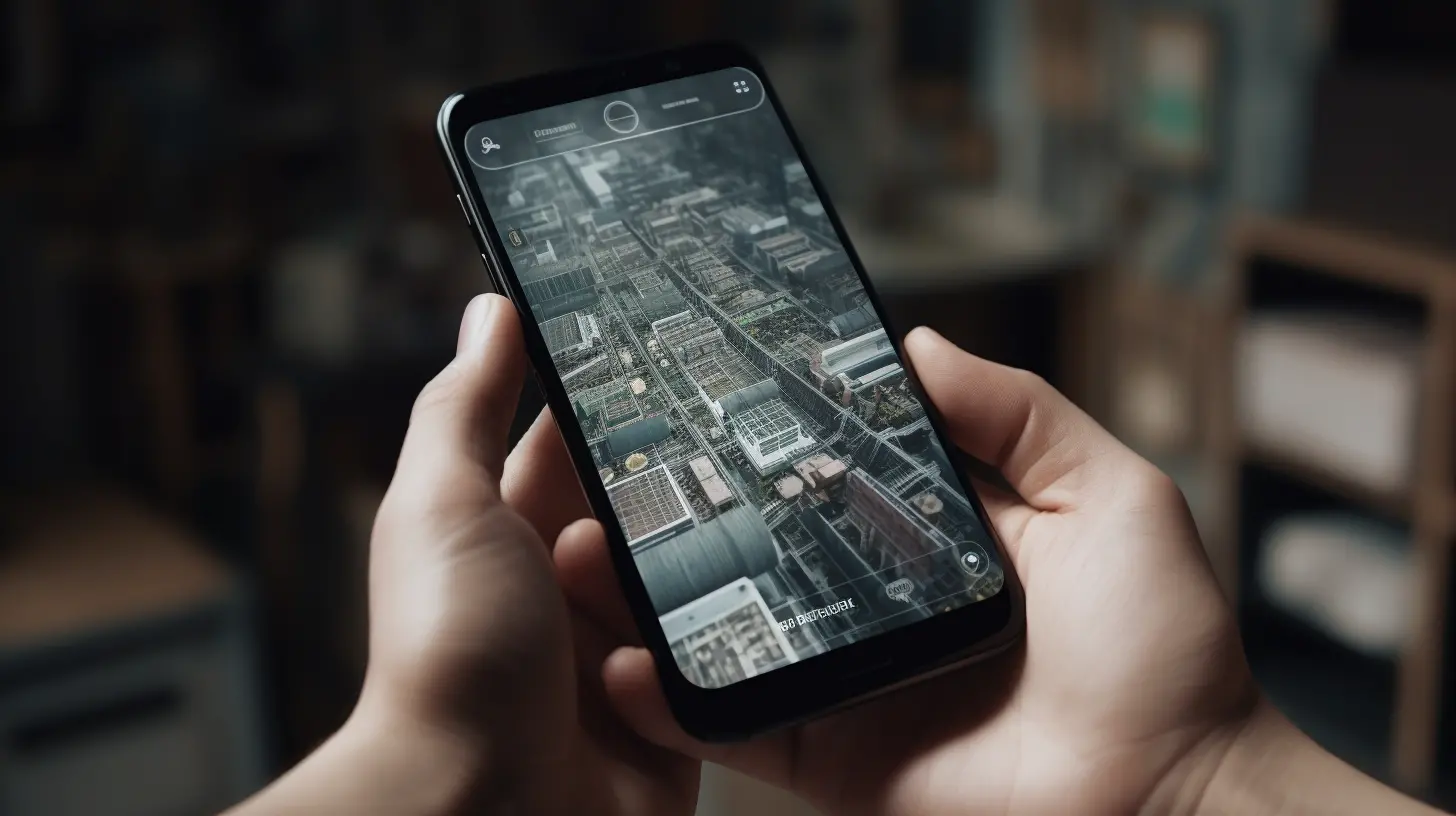
Surrounding design
Surrounding design focuses on the client's physical environment, geographical position, and availability, which are essential for the AR process. The design creators should be aware of any hypothetical physical conditions the client may experience.
These conditions include the following:
- Private, where the consumer can wear the product
- Intimate, where the consumer is motionless
- Personal, where the consumer uses a mobile device in a public place
- Public/common, where the consumer's body is connected to the AR software
By taking the physical environment into consideration, future safety risks may be avoided and alerts can be created to encourage the user's involvement. AR designers should predict each user's movements to gauge the interface's reaction to them.
It is also crucial to take into consideration that the effectiveness of AR depends on the geographical position and environment components in which it will operate. Certain conditions may prevent client use of Augmented Reality technology. Another sphere of surrounding design contains the creation of arrangement functionality and its capacity to detect the user's demands.
Interconnection design
The interconnection design in Augmented Reality concentrates on the user's immersion within the final product to enhance the client's experience and enjoyment. The principal goal of interconnection design is to avoid user embarrassment by systematizing the information provided. User input is crucial for the user's interconnection, which is why engineers should facilitate the controlling systems for clients. They must be understandable and available.
The most popular technique that is used to develop app usability is by searching the commonly visited zones in the user's touch display and creating an application that corresponds with the zones's design. The most inspiring aspect of AR technology is the potential to utilize the 3D realm.
Visual Design
Visual design is the emergence of an application, which attracts the audience. To advance the internal graphic components and the consumer's interconnection, AR experts should use visual hints to guide users on what design is used and how to manipulate the application.
AUGMENTED REALITY SOFTWARE AND ALGORITHMS
The key measure of all Augmented Reality structures is how pragmatically they assimilate augmentations with the physical environment. The software should receive coordinates from camera data. The image registration applies different kinds of machine vision. The first stage of vision is the discovery of particular markers or visible streams in the camera. The second stage is the reconstruction of the data that has been previously given.
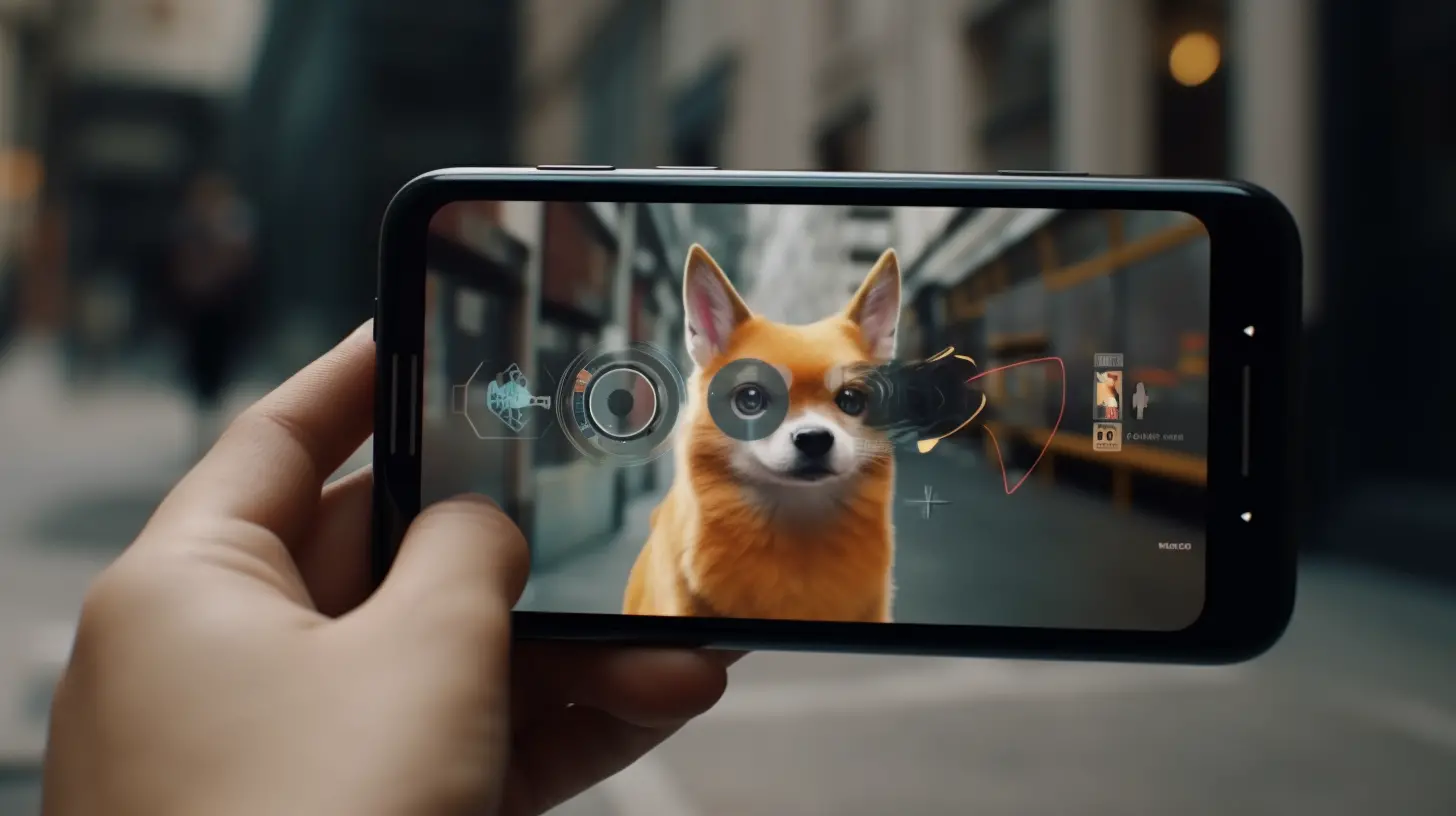
OUR COMPANY SERVICES INCLUDE:
- AR APP FORMATION FOR ANDROID AND IOS
- SOFTWARE DEVELOPMENT
- SUPPORT AND GUIDANCE
- GAME APP DEVELOPMENT
- POSITION - RECOGNITION - CENTERED AR
- 3D MODELING
3D modeling is the creation of a mathematical representation of any area of a 3D object by a specialized system. The 3D model may be illustrated as a two-dimensional image by the 3D rendering system.
Game development is based on formation operations such as downloading the primary sources with specified formats, generation of characters, scene editing, and the peculiarities of performance.
Our team of augmented reality developers suggests a specialized list of AR solutions to customers, which are designed to satisfy all requirements and previous audience experience:
- Apps with multi-dimensional effects
- Additional studying sources
- Competitive apps
AR Markup Language is the norm for information created in the Open Geospatial Consortium, which contains XML grammar for the geographical position and the emergence of objects and ECMAScript connections for providing the dynamic approach to virtual things.
The most popular programming languages for augmented reality application development are:
- Swift
- Python
- Visual development tools
- Java/JavaScript
- C/C++
- C#
C++ is the universal augmented reality programming language that was created to extend the possibilities of C. It has particular characteristics such as systematization and object-adaptation to contribute to the memory processing stage.
C# is a common paradigm AR programming language, which features fixed modeling, ordering, and component-orientation.
Built-in augmented reality tools are used to meet requirements and develop a high-quality product.
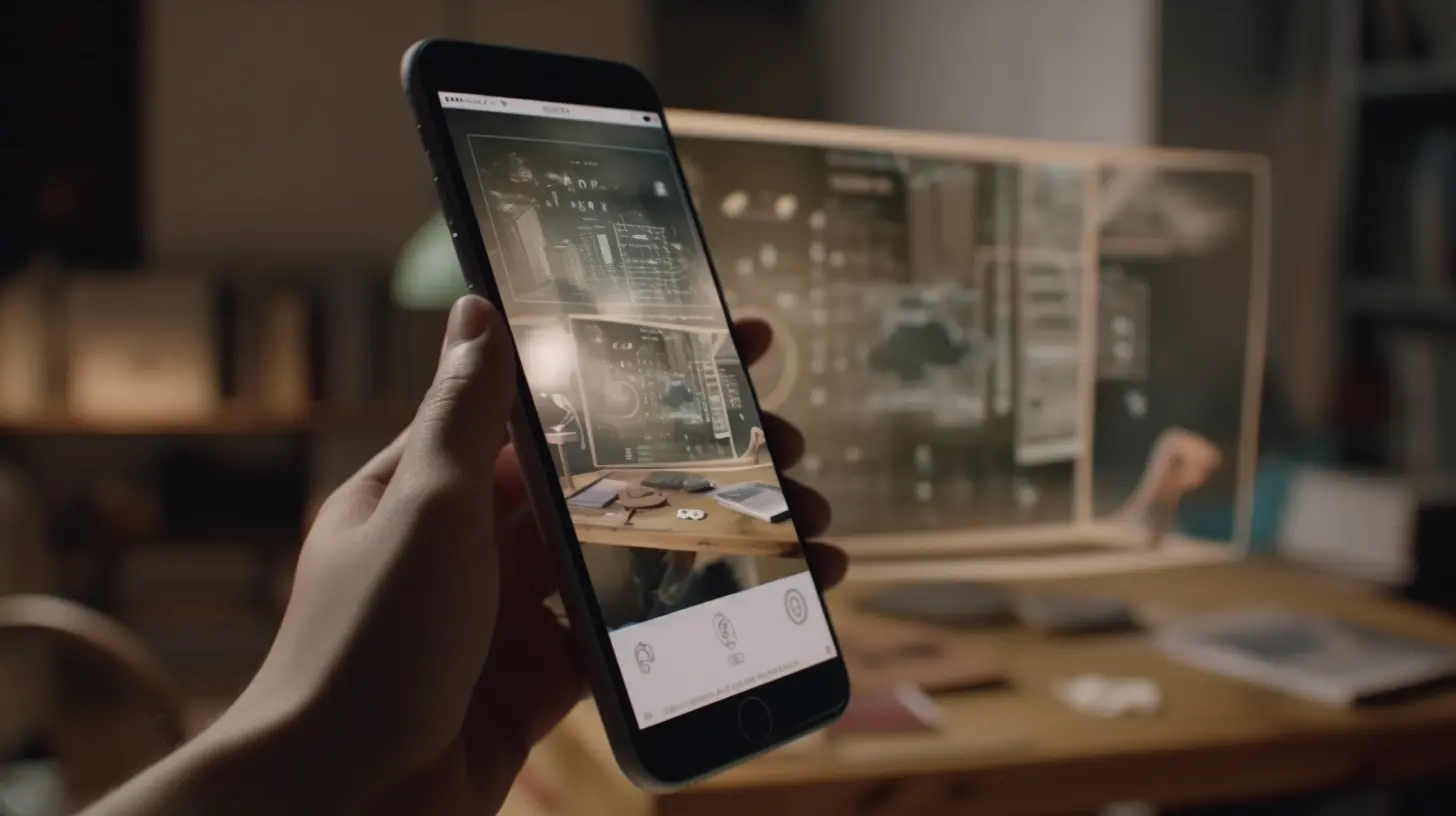
AR DEVELOPMENT PLATFORMS
It must be taken into account that the Unity and Unreal Engine game generators have been developing advanced AR apps graphics technology for many years. However, other framework suitable for setting up AR on networks, mobile, and other platforms should not be ignored. Below are some prominent platforms which can be used to make AR software effectively and quickly:
- Apple ARkit
- Google ARcore
- Facebook AR Studio
- Snapchat Lens Studio
- Amazon Sumerian
- Vuforia
- Maxst
- Deepar
- EasyAR
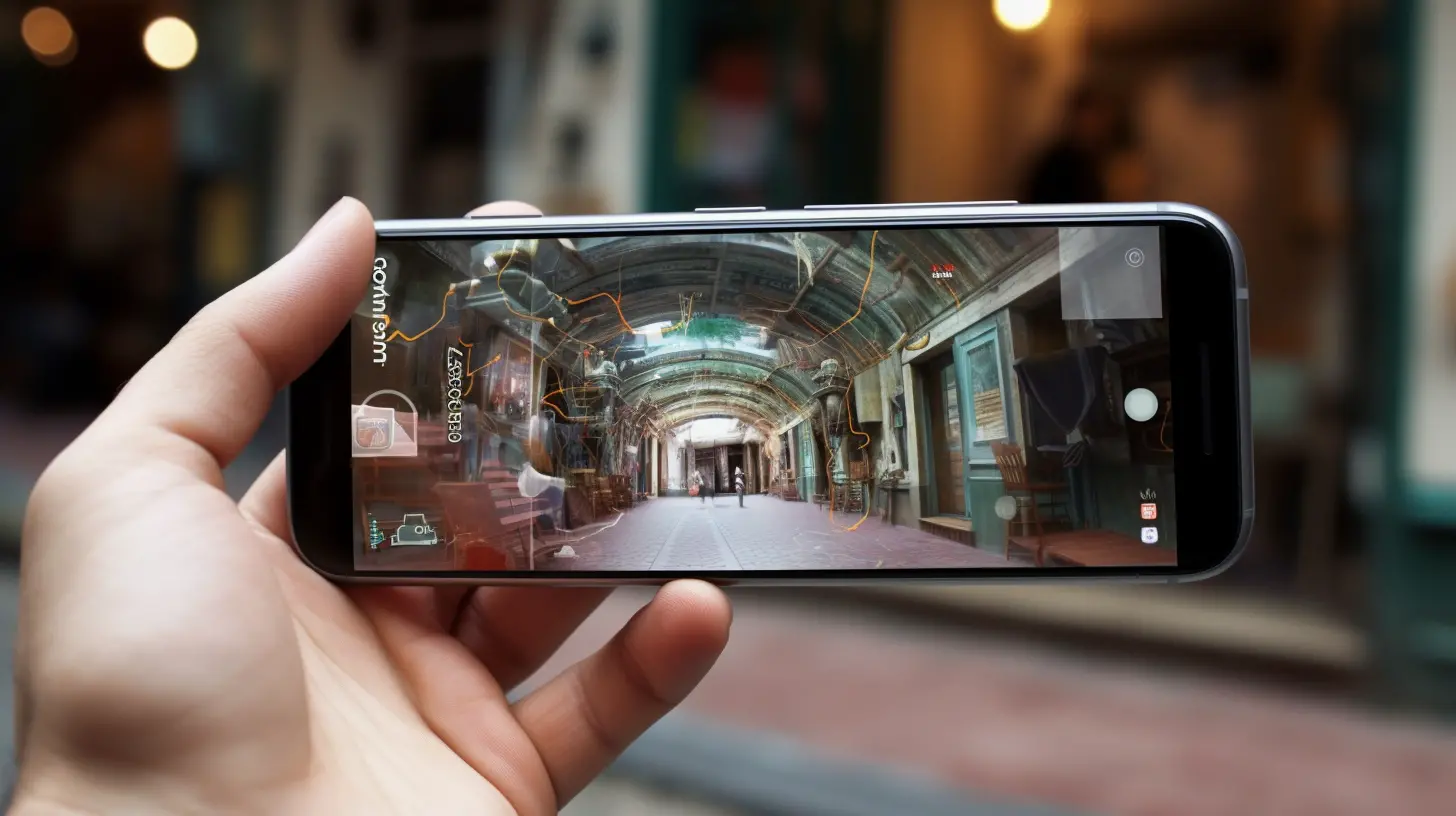
TESTING AR SOFTWARE
Our augmented reality development team generates your software product and satisfies your user's needs. For this, we must determine the environment where the product will be applied. This will provide possibilities to test the AR project's capabilities:
- Examination of surfaces at different light levels
- Identification of objects as supplementary surfaces and their interconnection with holograms
- Testing of all AR features and hardware characteristics
- Security test performance
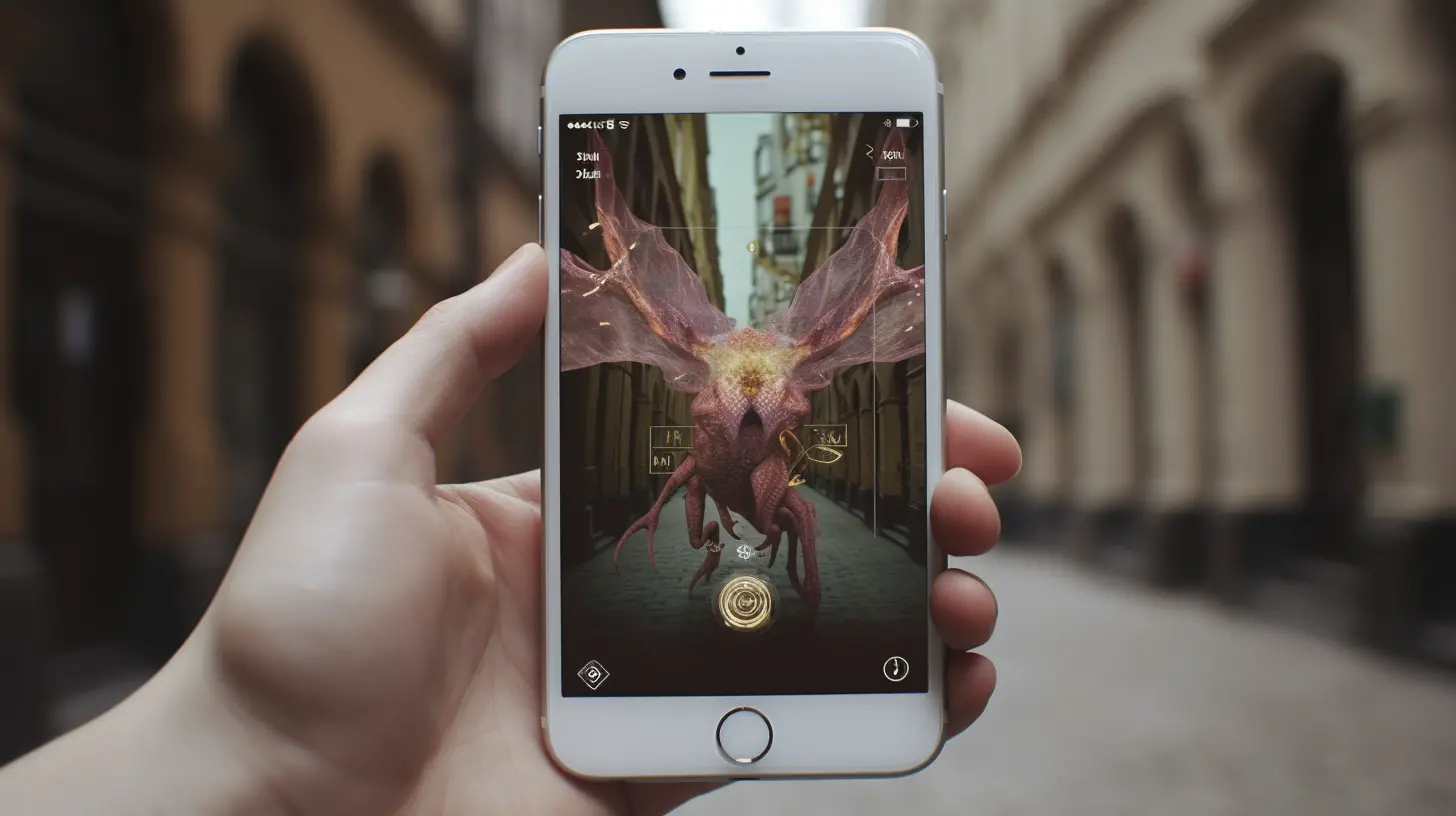
AR APP DEVELOPMENT COST
The price of AR Development software and apps is dictated by the features requested by the client's end customer. AR app development cost is determined by the different stages of formation (concept, model, structure, production), creation tools (platforms and gadgets) and the number of experts employed on the project.
Our AR app developers and engineers guarantee a professional process for any Augmented Reality project development, including instantaneous support, reasonable Augmented Reality app development cost, and high-quality finished products. AR hi-tech provides the following advantages:
- The combination of real and virtual objects
- The possibility of live interaction
- Three-dimensional performance

To create an AR application, the processor, display, camcorder, and the electronic components that fixes the object's position, the GPS-transmitter or accelerometer, are all used. A smartphone, for example, has the necessary components for its owner to plunge into an AR environment. But hardware solutions are not the only required elements you need to dive into AR, as dedicated AR software development is required. Our AR app developers work with such programs to push imagined, virtual elements into the natural world. Augmented reality programs/apps work as follows:
- A special label is applied
- The label is read by a mobile or desktop device
- A layer of augmented info is displayed on the device's screen
Using augmented reality apps for a PC or mobile phone is easy and doesn't require any extreme effort. AR development, though, requires high-quality hardware. Also, the processor's specifications, the visual possibilities, the memory, the basic ports, and the effective operating structures all combine to provide smooth performance of a smart product.
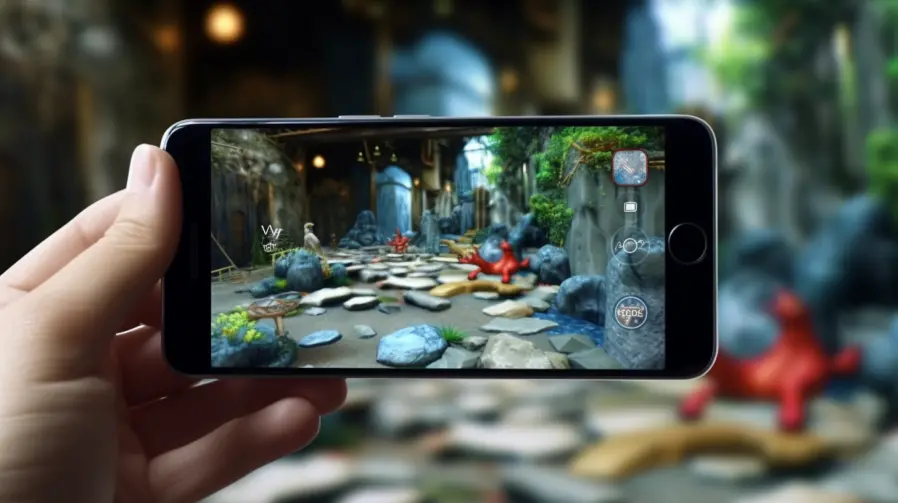
Augmented reality mobile apps are considered to be a trendy and effective tool for product and brand promotion programs. AR game development is another market that is relevant to the AR industry. The development of an AR product is easier and cheaper than a VR one. Games with AR features are at the the pinnacle of popularity and are available on both PC and mobile devices.
The spheres where AR shows progress:
- Architecture
- Commerce
- Literature
- Art
- Navigation
- Tourism
- Music
- Engineering
- Healthcare
- Real estate
- Education
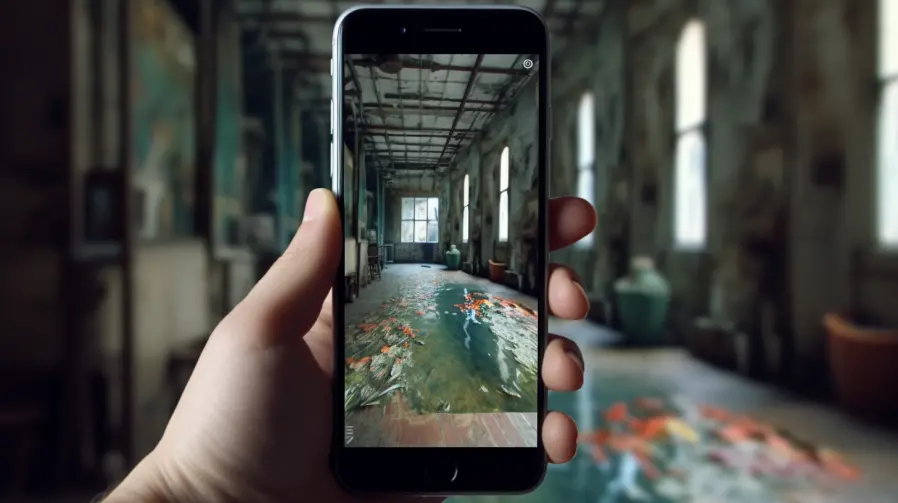
WHY OUR AUGMENTED REALITY APP DEVELOPMENT COMPANY IS THE RIGHT SOLUTION FOR YOU
The ServReality AR company is interested in creating exclusive AR-adapted products for your projects. We apply all available AR development tools for achieve a perfect result. We have the necessary skills to build an augmented reality app and make AR elements that are the most integrative in the market.
There's a wide range of services our team can suggest for our clients, which also includes the type of application, special sets of features, and the possibility to observe all stages of augmented reality development hand-in-hand with our AR technology company.
These and other factors make ServReality stand out among augmented reality development companies. In our portfolio on this site interested clients may examine the complete set of ServReality deals with suggested hi-tech.
